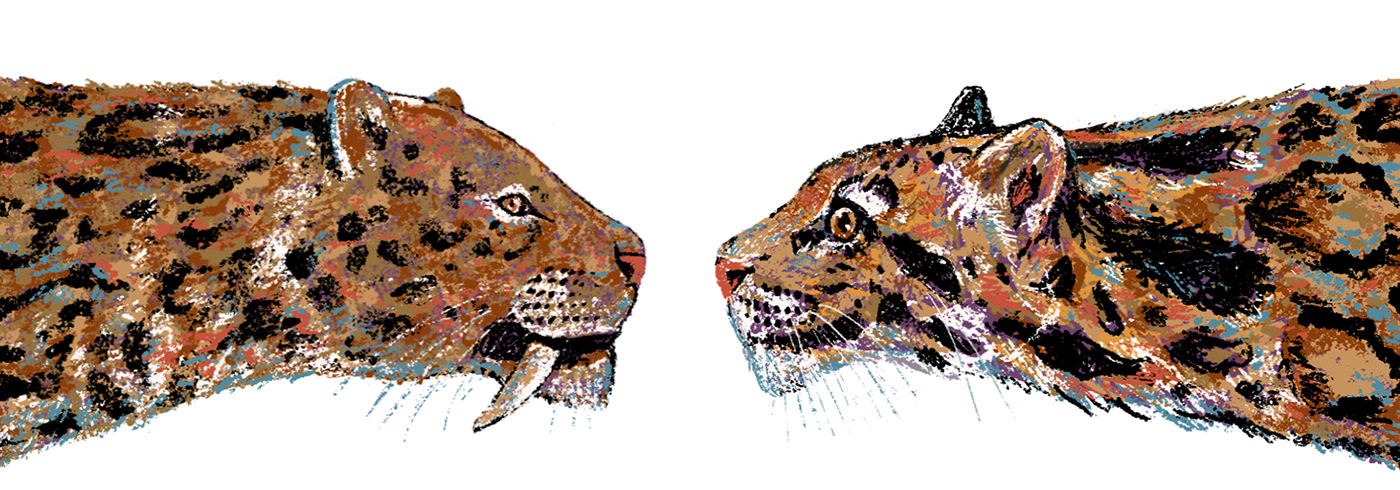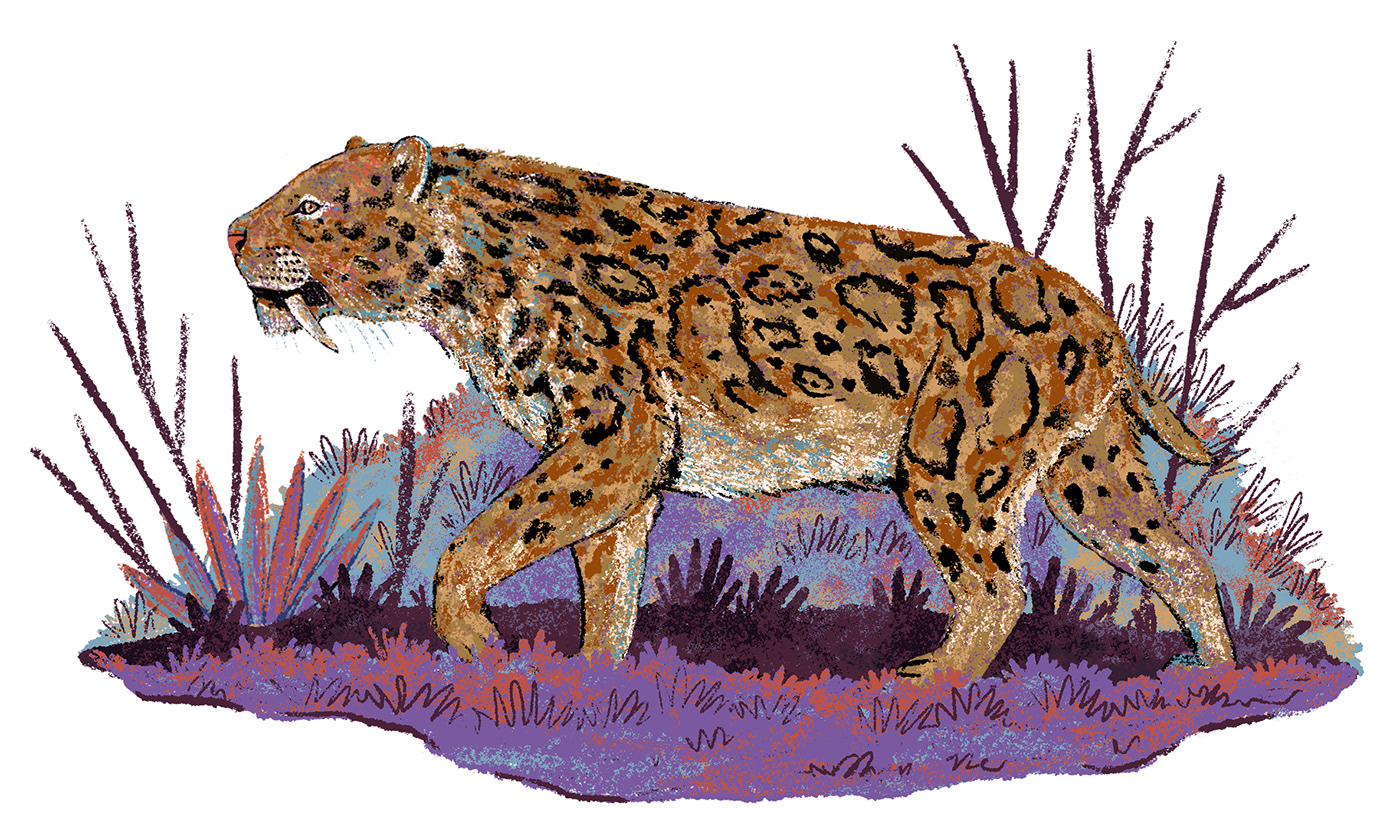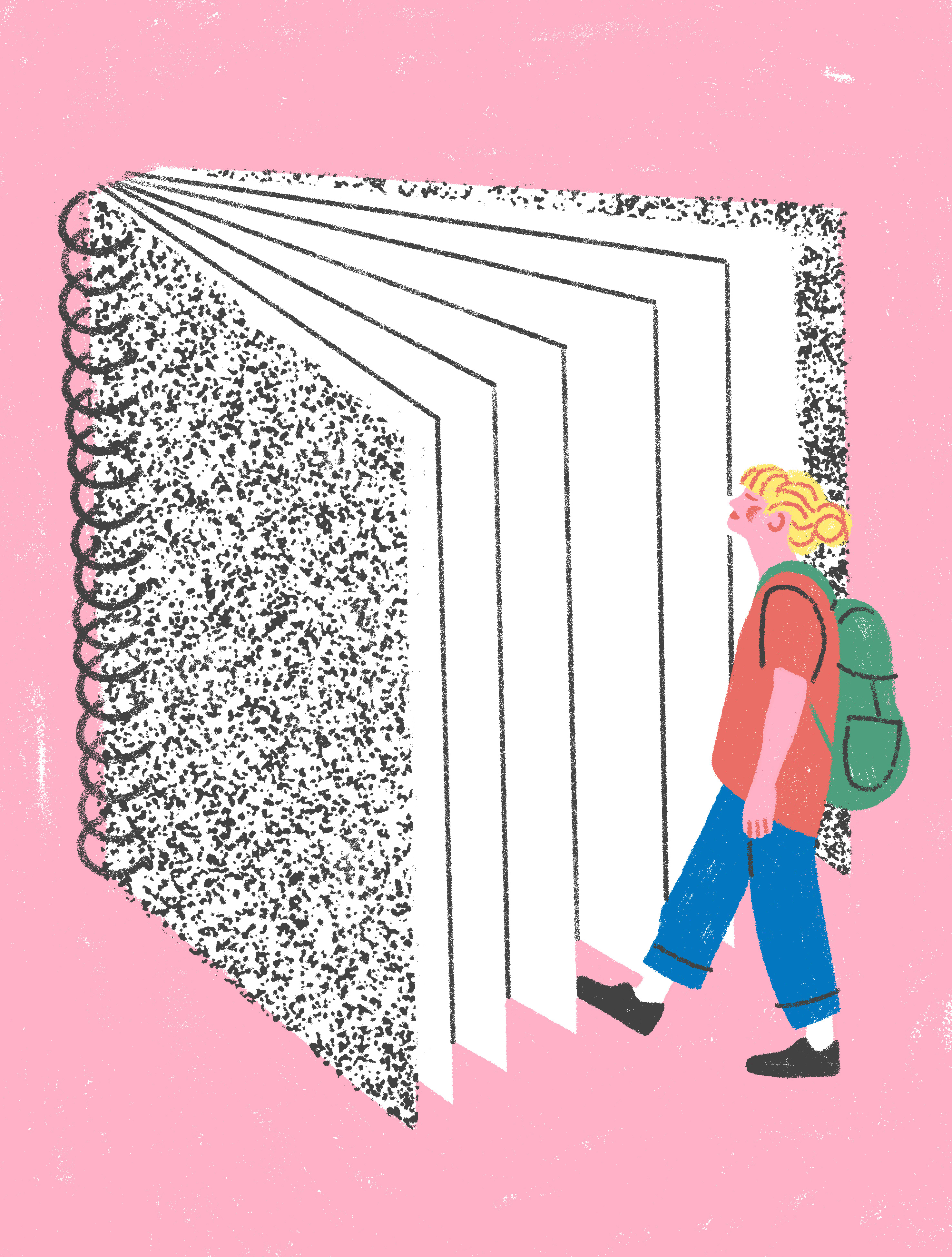CURRENT CONSERVATION MAGAZINE 2019
Science for saiga conservation: Interview with EJ Milner-Gulland
VOLUME 13 - Issue 1
Read Online

E.J. Milner-Gulland is the Tasso Leventis Professor of Biodiversity and the Director of the Interdisciplinary Centre for Conservation Science at the University of Oxford. At the 2018 edition of the Student Conference on Conservation Science in Bengaluru, Professor Milner-Gulland spoke about her research work on the Saiga antelope.




Aditi Deodhar, who grew up in Pune, is a Mathematics graduate and worked in the IT industry for a while. While was aware that the rivers in Pune were polluted, she realised the extent of pollution after a programme in sustainability at the Ecological Society of India, Pune, in 2012. During her leisure time, she read and researched to create an informal group of people who were passionate about the cause and wanted to do something to address the pollution in rivers. In 2014, Deodhar along with a group of like-minded people came together with the goal of bridging the gap between humans and polluted rivers and formed the organisation Jeevitnadi aimed at “river rejuvenation through community participation”.
Three years on, efforts have now started showing results. The streams are providing cleaner water to the river, the stench from the rivers has reduced and the perception of locals towards the wetland has also changed, with regular visitors along the stretch.


CURRENT CONSERVATION MAGAZINE 2020
The new sabre-toothed cat: When pre-history comes alive!
VOLUME 14 - Issue 4


The clouded leopard has the scientific name Neofelis nebulosa, which actually means ‘new cat, cloud’! It is medium-sized, lives in trees, and is named for the large cloud-shaped patterns on its fur. This creature is less than three feet long and weighs between 25 and 50 pounds, which is quite small compared to larger cats like South American jaguars, African lions, and Asian tigers. For this reason, the clouded leopard is known as “the smallest big cat”. Like its cousin, the snow leopard, the clouded leopard does not roar, and has many other unusual and unique characteristics.

Per Christiansen, a Norwegian paleontologist who studies prehistoric cats, noticed that clouded leopards have the amazing ability to open their mouths wider than any other living cat — to a staggering 100 degrees or more! In comparison, a human has a gape angle that averages 75 degrees. This got him thinking about their teeth, and the reason for those wide mouths. He found that along with their incredible gape angle, their canine teeth were somewhat sabre-shaped, just like the cats he studied.

Right now, Sunda clouded leopards hold the record for having the longest and most sabre-like teeth for their body size in the cat world today, crowning them the new sabre-toothed cats of the animal kingdom! The massive canine teeth, along with other incredible and beautiful features, make this animal one of the most interesting creatures there is still so much to learn about. How amazing is it that there are still extant sabre-toothed cats living among us today?


Severe weather exacerbated by climate change pounded the fishing community of Lanao del Norte, but replanting mangroves restored the environment and economy. When Neil Antoque, 42, a marine biologist from the central Philippines province of Bohol, began volunteering on VSO’s Fishing for Peace project in the province in 2018, he immediately saw the long-term risk of the actions of the people who lived there.


“I saw local people cutting the mangroves to use for charcoal and to build houses,” he explains. “But without the mangroves to act as a buffer against tides, people’s homes were destroyed.” Mangrove, a coastline shrub that grows in the tropics, has many benefits for these communities. A 100m stretch can create an effective barrier against the sea,reducing the height of waves by two-thirds – vital for provinces such as Lanao, where storms bring destructive swells of up to 7m.




2020 and 2021 have witnessed unprecedented slowdowns in global human activity, and this period has been coined the ‘Anthropause’. Srishti Kochhar takes us through some of the impacts of the Anthropause on our Protected Areas.



Thank You




